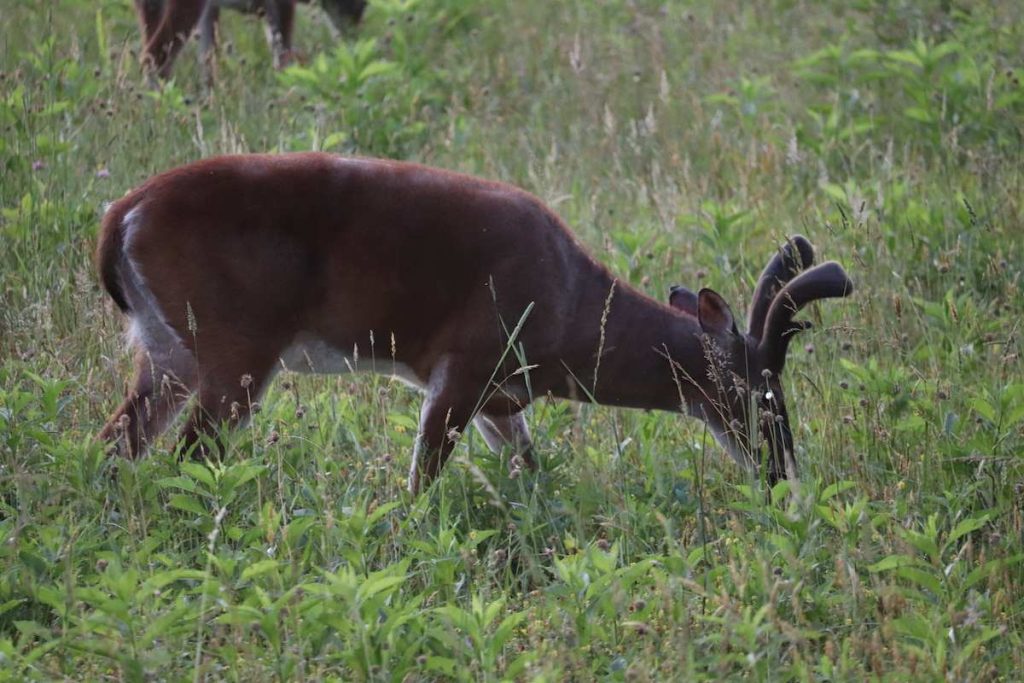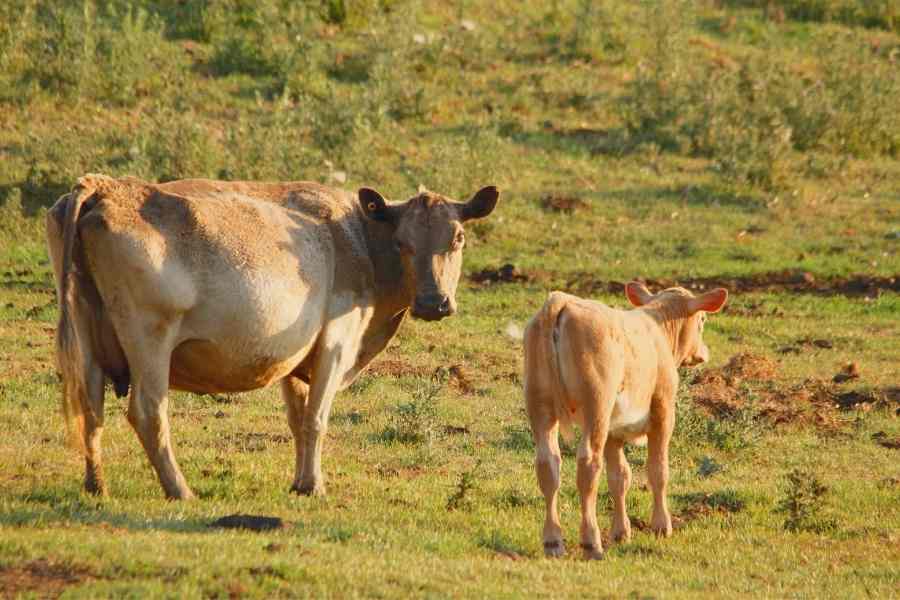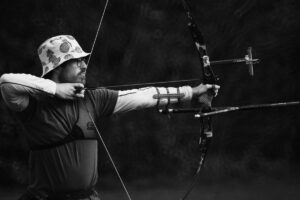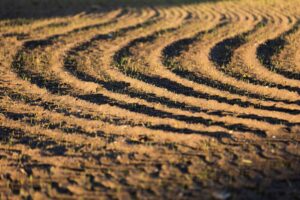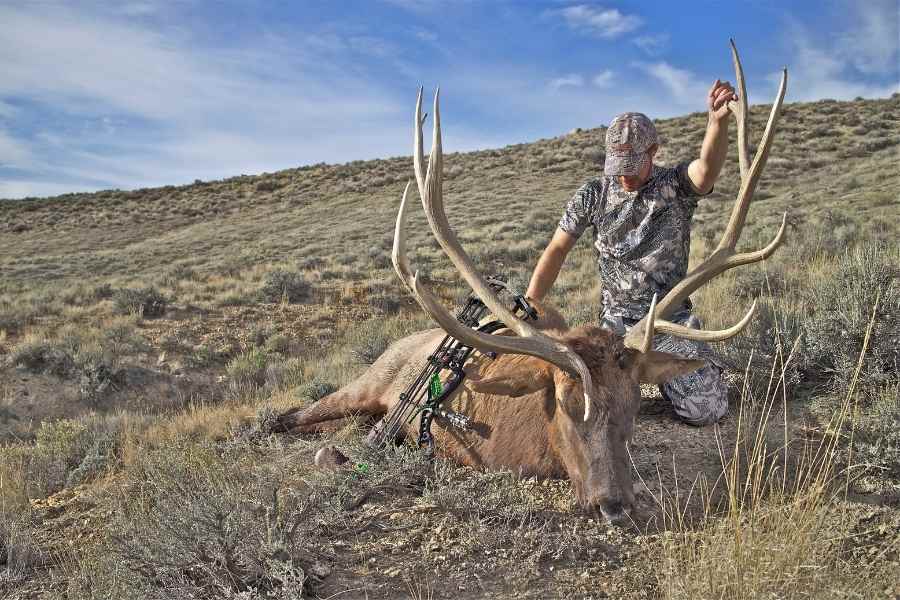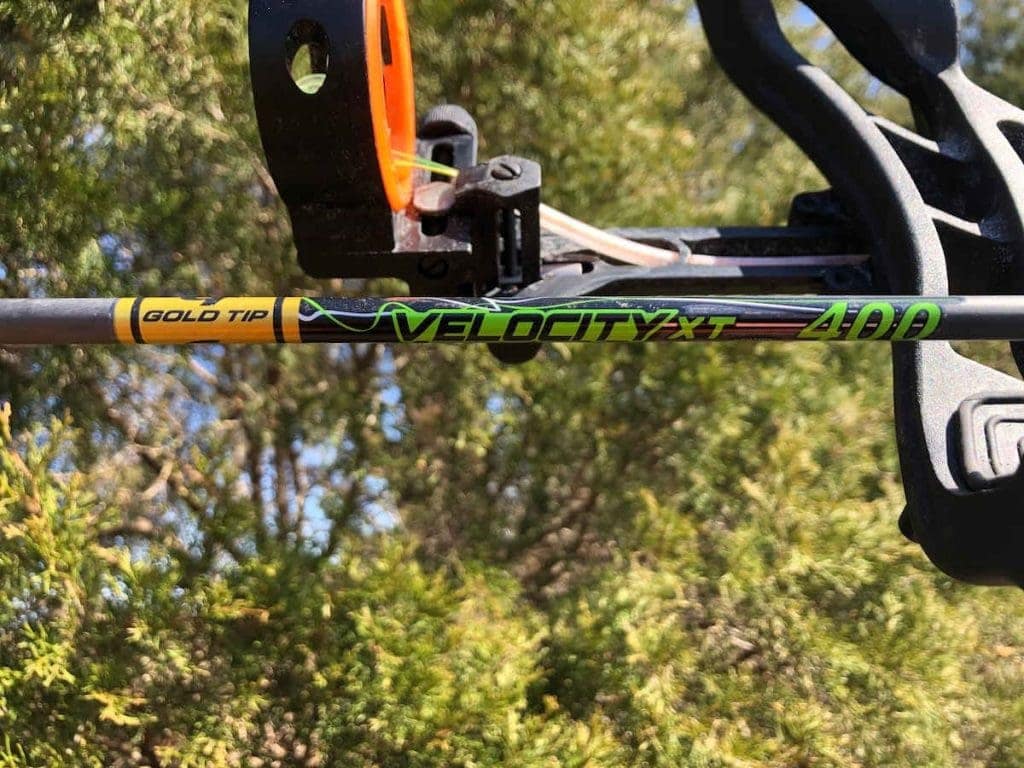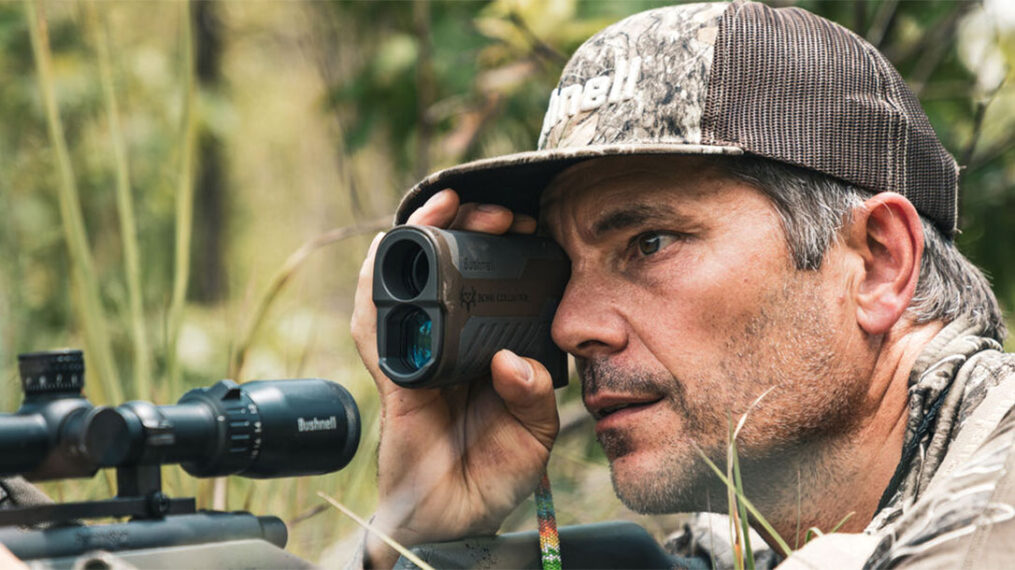Across much of the country, Whitetail deer and agriculture-related endeavors go hand-in-hand. Deer can often be seen grazing in pastures and opportunistically feeding upon standing grain during much of the year.
In certain instances, deer have even become accustomed to the sight of tractors and other heavy equipment and go largely undisturbed by such intrusions.
However, some hunters still find themselves pondering whether deer are disturbed by the presence of cattle within their home range. More specifically, many wonder whether or not deer will go near cows or keep their distance entirely.
Of course, this is a reasonable quandary to contemplate, as productive pasture ground and prime whitetail habitat continue to overlap. Evermore frequently.
Contents (Jump to Topic)
ToggleA Point Of Concern
For those living deep within the grain belt, where row cropping is far more prevalent than ranching, the notion of deer/cattle interaction is likely of little concern. However, to many hunters living elsewhere, there is legitimate cause for concern.
Cow/calf livestock operations are a staple of most farming operations in the south, with cattle outnumbering people in numerous areas.
In such areas, there is little chance of a deer living its day-to-day life without encountering livestock.
For this reason, hunters often find themselves questioning whether or not deer will go out of their way to avoid cattle, as this could directly impact deer movement as a whole in a given area.
This concern only grows in prevalence when cattle are rotated from pasture to pasture, especially in the days and weeks leading up to the opening day of deer season. In most cases, concerns of this type are completely justified and worth exploring.
Are Cattle A Deal Breaker?
This concern is perhaps best addressed directly by stating the facts. Under the majority of circumstances, deer are not severely impacted by the presence of cattle within their home range.
Generally speaking, deer are highly unlikely to significantly modify their course of daily travel as the result of cattle being rotated into a given field.
On the other side of the coin, deer are seldom observed feeding amongst cattle, as they tend to be somewhat apprehensive toward close-quarter interaction with such larger ruminants.
Nonetheless, deer will often skirt the edge of a pasture in which cattle are present or pass by livestock rather quickly at even closer distances.
Considering The Variables
It is also important to consider the fact that deer are likely to be much less skittish around livestock in areas where deer/cattle interaction is extremely common and ongoing.
Just as deer tend to become accustomed to a certain amount of human intrusion in more densely populated areas, they also become more tolerant of cattle as time passes.
In certain areas of the country, where ranching is commonplace, deer can even grow comfortable enough with the presence of cattle to overcome all hesitancy as a whole.
Such behavior is often observed in certain areas of Texas and Oklahoma.
On the opposite end of the spectrum are deer that seldom face interaction with cattle. Deer that are unaccustomed to such interaction are much more likely to avoid cattle as a whole, even if this means rerouting their travels.
This is more common in heavily wooded areas, where open pasture is in scarce supply.
A Greater Impact
Though hunters are often fixated upon the notion that the presence of cattle could possibly impact the outcome of their hunt, there is perhaps an even greater impact worth considering.
Far more detrimental to deer movement than cattle themselves is the increased pressure imparted by human intrusion related to ranching endeavors.
Cattle must be checked for illness/injury on a regular basis, all of which require a certain amount of human intrusion.
The impact of such efforts upon the deer in a given area only increases during the winter months when hay must be fed and watering holes must be maintained.
The more frequent this activity, the greater the impact that it has upon any deer located within close proximity.
In the most severe of cases, a noticeable decrease in daytime deer activity can often be observed. This, in turn, can present difficult circumstances for the average hunter to contend with.
Luckily, those who scout intensively tend to overcome such odds in favor of a successful outcome. However, coming to a favorable outcome of this sort will just take a bit more resolve than would otherwise be called for.
Cattle and Deer Interactions
In regions where cattle ranching and deer hunting collide, the complex dynamics can drastically shape deer behavior and impact your hunting success.
Think of these cattle pastures as an all-you-can-eat buffet for white-tailed deer, an irresistible supplement to their natural diet.
The presence of cattle can sculpt the distribution of deer in a certain area, transforming it into a hunting hotspot for those pursuing a trophy buck.
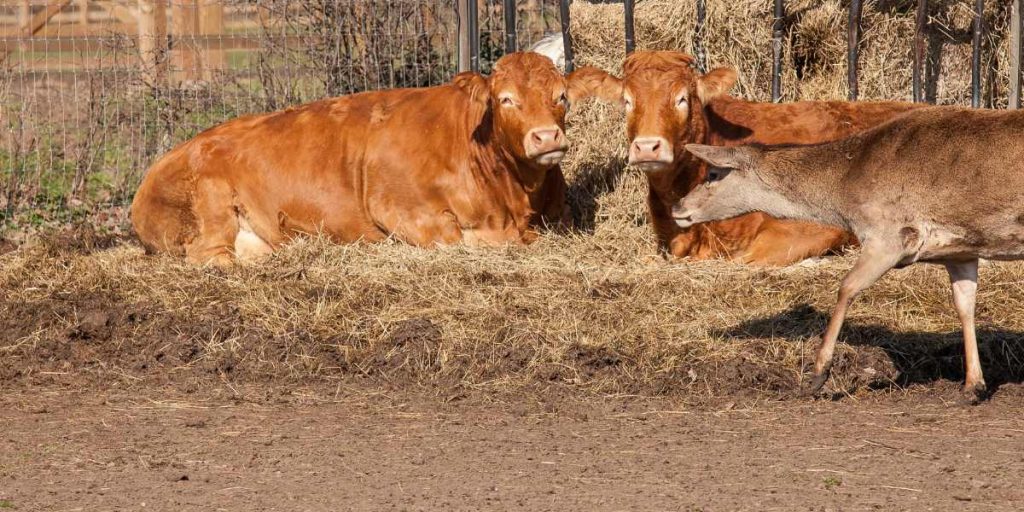
As a landowner balancing cattle farming and deer leases, you often get to observe firsthand the unique interaction between deer and cattle.
It’s not uncommon to witness herds of cattle sharing their grazing spots with deer, painting a fascinating wildlife tableau.
Savvy landowners capitalize on this by establishing food plots on their private lands to attract deer, particularly during hunting season when the chase for a monster buck is in full swing.
However, deer behavior in cattle pastures can fluctuate dramatically depending on the degree of interaction between the two species. In pastures that frequently host cattle, deer might be more cautious, sticking to the pasture’s perimeter or passing through with swift, nervous strides.
On the other hand, deer may become more comfortable with their bovine counterparts in regions where deer and cattle have cohabited for some time, leading to more serene deer sightings within these habitats.
The Seasonal Impact of Cattle Farming on Deer Behavior
Hunters must remember that cattle farms can significantly impact deer populations at specific times of the year. Take, for instance, the frosty winter months.
This is when cattle rely on hay, and watering holes need consistent maintenance, resulting in a surge in human activity that can disrupt deer behavior. This disruption might cause a drastic dip in daytime deer activity, throwing a wrench in your hunting plans.
Wildlife Management and Hunting Success
In summary, the relationship between cattle ranching and deer hunting on pasture land is a complex, ever-evolving dance.
While cattle pastures can serve as both a food source and habitat for deer, the behavior of these deer can shift depending on their familiarity with cattle.
For those of us hunting on private land that hosts cattle and deer populations, understanding these dynamics is crucial when hunting season comes around.
Achieving a balance between the needs of cattle producers and deer hunters requires considerate wildlife management and a keen awareness of the impact of cattle-related activities on deer behavior and deer signs in the area.
